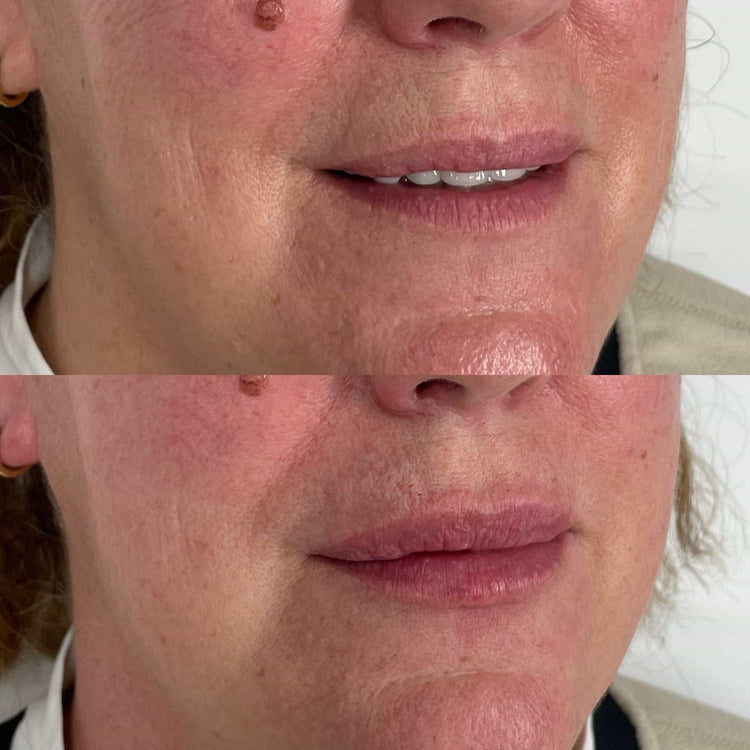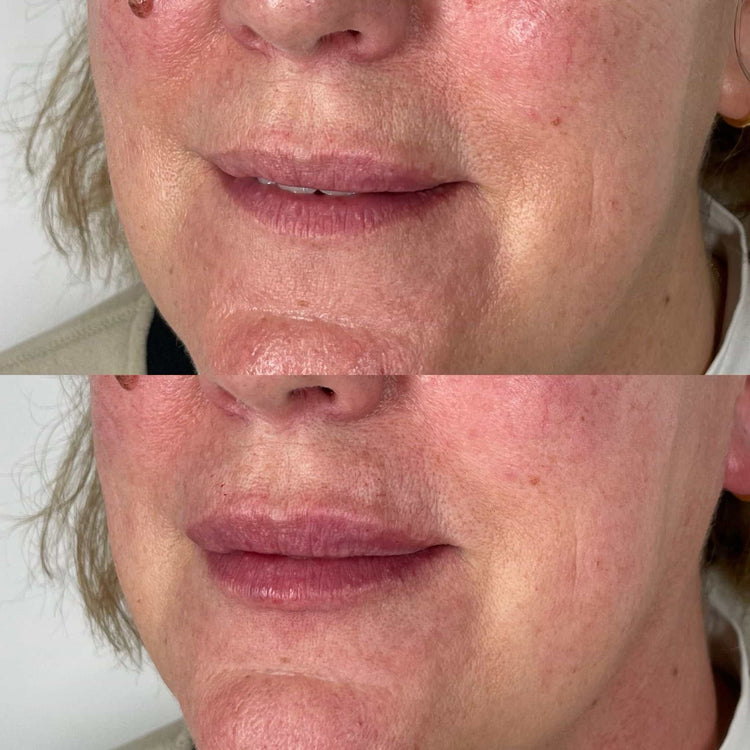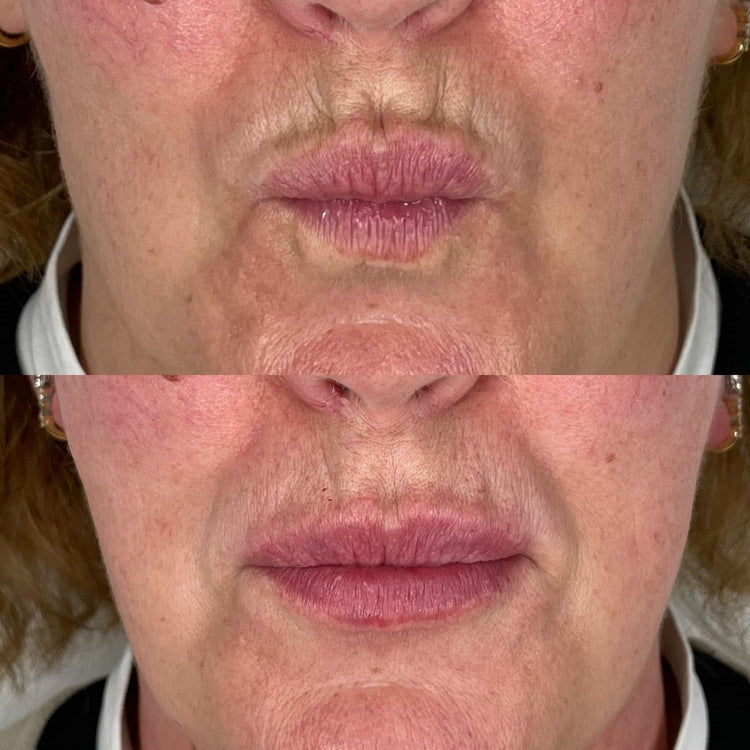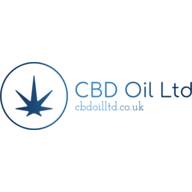Lip Fillers
Many individuals seek ways to minimize the appearance of fine lines and wrinkles, particularly around the mouth. Two popular options are lip fillers and Botox injections. While both treatments aim to enhance facial aesthetics, they target different areas and utilize distinct mechanisms. This article delves into how lip fillers compare to Botox specifically in addressing smokers’ lines, those vertical creases that appear above the upper lip.
Mechanism of Action
Lip fillers, typically made of hyaluronic acid (HA), work by directly adding volume beneath the skin. HA is a naturally occurring substance in the body that binds water, plumping up the area and smoothing out wrinkles. For smokers’ lines, the filler is injected into the skin above the upper lip, filling in the creases and creating a smoother appearance.
In contrast, Botox targets muscle activity. It works by temporarily blocking nerve signals that cause muscles to contract. When injected into the muscles responsible for creating smokers’ lines, Botox relaxes them, reducing their prominence. The effect is more about minimizing movement than directly filling in wrinkles.
Benefits for Smoker’s Lines

Smokers’ lines are often a result of repetitive muscle contractions when smoking or talking. Lip fillers and Botox offer distinct approaches to addressing these vertical creases above the upper lip.

Lip fillers, containing hyaluronic acid (HA), directly plump up the area, smoothing out wrinkles by adding volume beneath the skin. This approach effectively fills in smokers’ lines, minimizing their appearance.
Botox, on the other hand, works by temporarily paralyzing the muscles responsible for creating smokers’ lines. By reducing muscle activity, Botox minimizes the formation of wrinkles and can prevent further deepening of existing lines.
Risks and Side Effects
Lip fillers are a cosmetic treatment that involve injecting gel-like substances, often hyaluronic acid (HA), into the lips to increase volume and fullness.
While lip fillers offer benefits like enhanced appearance and smoother contours, there are potential risks and side effects associated with the procedure.
Common side effects of lip fillers include swelling, redness, bruising, and tenderness at the injection site. These side effects are usually temporary and resolve within a few days to weeks.
More serious side effects, although less common, can occur. These include infection, allergic reactions, uneven distribution of filler, and vascular occlusion (blockage of blood vessels), which can lead to tissue damage or loss.
It is crucial to choose a qualified and experienced injector for lip filler treatments to minimize the risk of complications. Before undergoing any procedure, discuss your medical history, medications, and potential allergies with the injector.
Cost and Duration
Lip fillers are a cosmetic treatment designed to enhance the fullness and shape of the lips by injecting gel-like substances, primarily hyaluronic acid (HA), into the lip tissue.
The cost of lip fillers varies depending on factors such as the amount of filler used, the geographic location, and the experience of the injector. Generally, expect to pay between $500 and $1,500 per session.
The results of lip fillers typically last for six months to a year, after which touch-up injections may be needed to maintain the desired look.
Botox
Botox is a neurotoxin derived from bacteria that, when injected into specific muscles, temporarily blocks nerve signals responsible for muscle contractions. This paralysis allows wrinkles to relax and soften, minimizing their appearance.
Mechanism of Action
Botox works by interfering with the communication between nerves and muscles. Nerves release a chemical called acetylcholine, which triggers muscle contraction. Botox molecules bind to the nerve endings, preventing acetylcholine from being released. This disruption in nerve signaling results in temporary muscle paralysis.
When injected into facial muscles responsible for creating wrinkles, Botox relaxes these muscles, reducing their ability to contract and form lines. This leads to a smoother appearance of the skin.
Benefits for Smoker’s Lines
Botox can be an effective treatment option for smokers’ lines. These vertical creases above the upper lip are often caused by repeated muscle contractions associated with smoking or talking. Botox works by temporarily paralyzing the muscles responsible for creating these wrinkles, reducing their prominence and minimizing further deepening.
By injecting Botox into the muscles surrounding the smoker’s lines, the repeated contractions that contribute to wrinkle formation are reduced. Over time, this can lead to a smoother appearance in the area.
Risks and Side Effects
Botox is a neurotoxin derived from bacteria and is used cosmetically to temporarily reduce the appearance of wrinkles by blocking nerve signals responsible for muscle contractions.
While Botox is generally considered safe when administered by a qualified professional, there are potential risks and side effects associated with its use. These can include:
Bruising, swelling, redness, or pain at the injection site
Headache
Drooping eyelids or eyebrows

Muscle weakness
Allergic reactions
In rare cases, more serious complications can occur, such as breathing problems or difficulty swallowing.
It is important to discuss your medical history and any medications you are taking with your doctor or injector before undergoing Botox treatment.
Cost and Duration
The cost of Botox injections for smokers’ lines can vary depending on the number of units required, the location of the clinic, and the experience of the practitioner. Generally, expect to pay between $300 and $600 per treatment session.
Botox results typically last for three to four months. As the effects wear off, smokers’ lines will gradually reappear.
Comparison
When it comes to minimizing the appearance of smokers’ lines – those vertical creases above the upper lip – individuals often consider two popular options: lip fillers and Botox injections.
Effectiveness
Lip fillers offer a direct approach by plumping up the area with hyaluronic acid, effectively filling in smokers’ lines. Botox, on the other hand, targets muscle activity by relaxing the muscles responsible for creating these wrinkles.
Choosing between lip fillers and Botox depends on individual preferences and desired outcomes. Those seeking a more immediate and dramatic volumization may prefer lip fillers. Individuals looking for long-term reduction of wrinkle formation and prevention of further deepening may find Botox a suitable option.
Duration of Results
Both lip fillers and Botox offer effective solutions for addressing smokers’ lines, but they work in distinct ways. Lip fillers provide an immediate volume boost, directly smoothing out the wrinkles. Botox targets muscle activity, reducing contractions that contribute to wrinkle formation, offering a longer-lasting solution.
The duration of results also differs. Lip fillers typically last six months to a year, while Botox’s effects can last three to four months.
Ultimately, the best choice depends on individual needs and goals. Those desiring a quicker visual change might favor lip fillers, while individuals seeking long-term wrinkle reduction could benefit from Botox.
Overall Cost
When comparing lip fillers and Botox for smokers’ lines, cost is a significant factor. Lip fillers generally range from $500 to $1,500 per session, with the price influenced by filler amount and injector experience. Botox for smokers’ lines typically costs between $300 and $600 per treatment.
Botox treatments offer a more affordable option upfront. However, since effects last around three to four months, repeat treatments are necessary, potentially leading to higher overall costs over time compared to lip fillers.
- Neauvia Hydro Deluxe Skin Booster Treatments Near Wisley, Surrey – May 13, 2025
- How To Find The Best Kratom Capsules For Energy And Focus – May 13, 2025
- The Entourage Effect In THC Soda: Why CBD Matters Too – May 13, 2025

